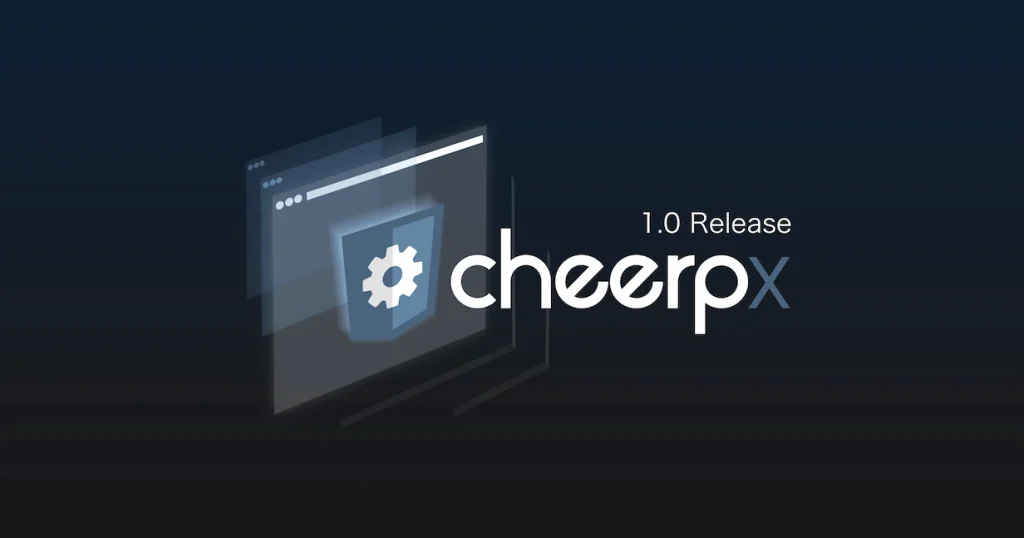Java, a widely used programming language, has been a fundamental technology in the software development industry for decades. It has powered numerous applications across various platforms, including web browsers. However, as technology continues to evolve, the compatibility of Java with modern browsers has become a topic of discussion.
This blog aims to address the question: Does Java still work in Chrome and Edge?
Java Applets and Their Decline
Java applets were once a popular means of delivering interactive content within web browsers. Applets allowed developers to embed Java code into HTML pages, providing rich functionality and cross-platform compatibility. However, over time, the usage of Java applets has significantly declined due to several reasons.
One of the primary concerns was security. Java applets had access to the user’s system resources, leading to potential vulnerabilities. As a result, major browsers, including Chrome, gradually phased out support for Java applets. In September 2015, Oracle announced that it would deprecate the Java browser plug-in entirely, indicating the end of an era for Java applets.
Java in Modern Browsers: The Challenge
With the decline of Java applets, the question arises: Can Java still work in modern browsers like Chrome and Edge? The short answer is yes, thanks to the introduction of alternative solutions such as CheerpJ.
CheerpJ: Empowering Java in the Browser
CheerpJ, developed by Leaning Technologies, is a groundbreaking technology that allows Java applications to run smoothly within modern web browsers. It achieves this by compiling Java bytecode into JavaScript, which can be executed by the browser natively. This approach eliminates the need for Java applets and enables seamless integration of Java code in web applications.
Advantages of CheerpJ
- Compatibility: By transforming Java bytecode into JavaScript and WebAssembly, CheerpJ ensures compatibility with all major web browsers, including Chrome and Edge. This means that Java applications can continue to function seamlessly without requiring users to install additional plugins or enable deprecated features.
- Performance: CheerpJ’s bytecode-to-JavaScript compilation process optimizes the performance of Java applications in the browser. The generated JavaScript code is highly efficient, allowing for fast execution and responsiveness, even for complex Java applications.
- Security: Unlike traditional Java applets, CheerpJ runs entirely within the browser’s JavaScript sandbox. This sandboxing technique isolates the Java code from the underlying system, enhancing security and preventing potential security vulnerabilities.
- Legacy Application Support: CheerpJ offers a lifeline for legacy Java applications that were previously dependent on Java applets. Instead of rewriting the entire codebase, these applications can leverage CheerpJ to migrate to a web-based environment and continue functioning seamlessly in modern browsers like Chrome.
- Easy Integration: Integrating CheerpJ into existing Java applications is straightforward. The tooling provided by CheerpJ allows developers to compile Java code into JavaScript and then integrate it seamlessly into their web projects. This ease of integration reduces the time and effort required to modernize Java applications.
Conclusion
Java’s compatibility with modern web browsers has been a subject of concern as the usage of Java applets has declined. However, CheerpJ emerges as an innovative solution, enabling Java applications to run smoothly within browsers like Chrome. By leveraging CheerpJ’s bytecode-to-JavaScript compilation, developers can seamlessly integrate Java code into their web applications while ensuring compatibility, performance, and security.
While the era of Java applets may have passed, Java continues to be a powerful and versatile language. With CheerpJ, the potential of Java can be unlocked in modern web development, allowing developers to breathe new life into


